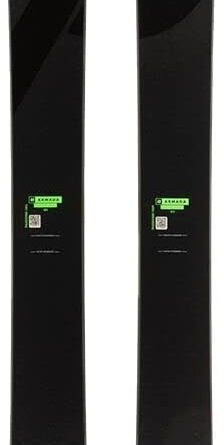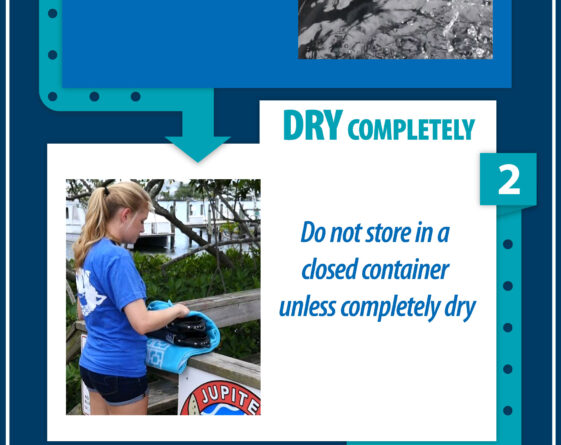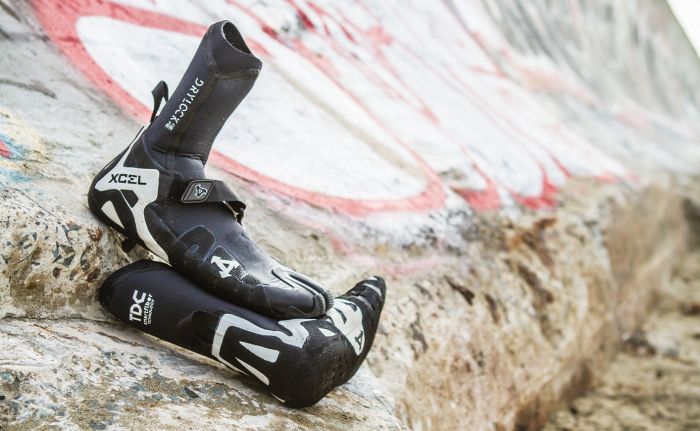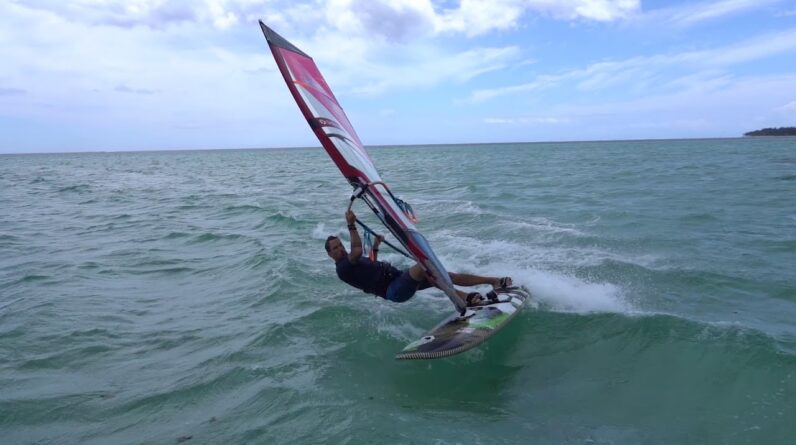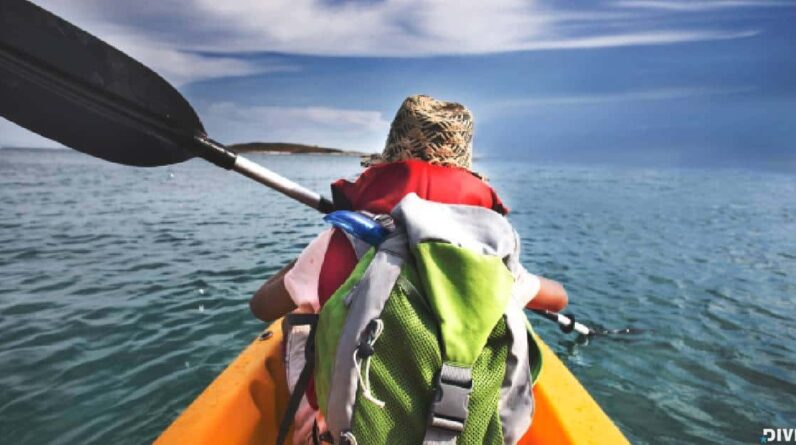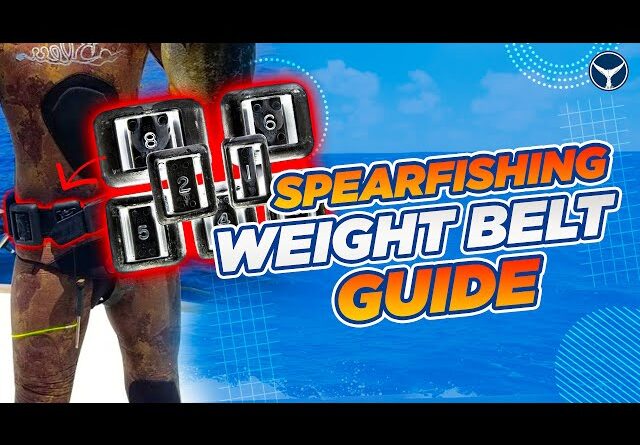
Are you ready to take your spearfishing game to the next level? In this guide, we will help you navigate the sometimes confusing world of selecting the ideal weight for your spearfishing belt. Whether you’re a beginner or seasoned pro, finding the right weight is crucial for achieving optimal balance and control underwater. We’ll walk you through the factors to consider and provide helpful tips to ensure you make the perfect choice for your spearfishing adventures. With our guide, you’ll dive deeper, stay longer, and enhance your overall underwater experience like never before. So let’s get started on your journey to finding the ideal weight for your spearfishing belt!
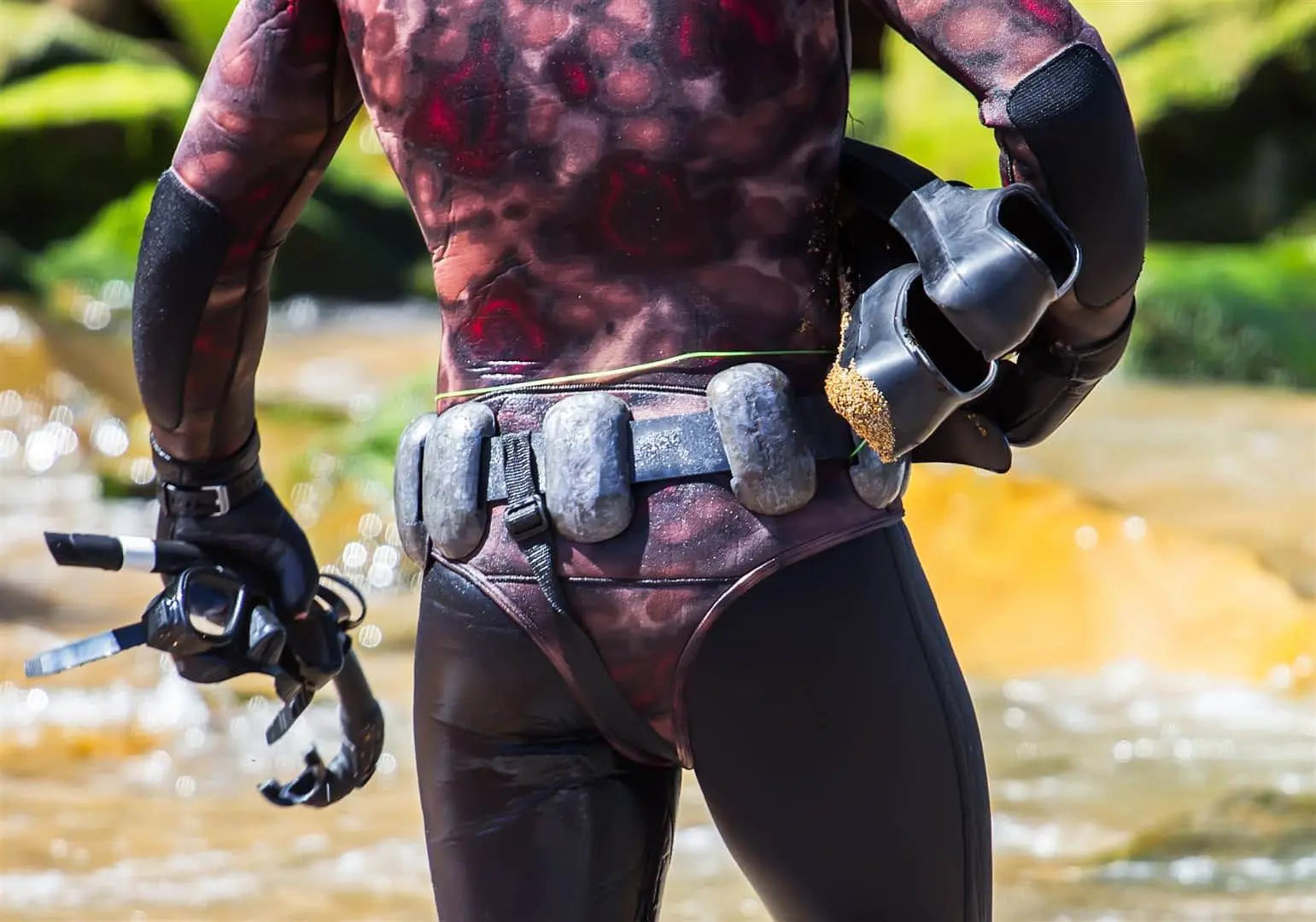
This image is property of maxspearfishing.com.
Factors to Consider
When it comes to selecting the ideal weight for your spearfishing belt, there are several important factors to consider. These factors will help you determine the appropriate weight for your specific needs and ensure a safe and enjoyable diving experience.
Water Conditions
The first factor to consider when choosing the right weight for your spearfishing belt is the water conditions in which you will be diving. Water conditions can vary greatly depending on the location and time of year. Factors such as currents, tides, and waves can affect your buoyancy and overall diving experience. In general, if you are diving in calm waters with minimal current, you may require less weight compared to diving in rougher conditions.
Diving Experience
Your diving experience is another crucial factor to consider when selecting the appropriate weight for your spearfishing belt. If you are a beginner or have limited diving experience, it is recommended to start with a lighter weight and gradually increase it as you gain more experience and confidence in the water. This allows you to adapt to the weight and improve your buoyancy control over time.
Buoyancy of Wetsuit
The buoyancy of your wetsuit is another important factor to take into account when determining the appropriate weight for your spearfishing belt. Wetsuits provide some degree of buoyancy, and the thickness of the wetsuit material can influence your overall buoyancy in the water. Thicker wetsuits generally provide more buoyancy, which may require additional weight to maintain neutral buoyancy.
Depth of Dive
The depth of your dive also plays a role in determining the ideal weight for your spearfishing belt. As you descend to greater depths, the pressure increases, causing greater compression of your wetsuit and equipment. This compression can reduce your overall buoyancy, requiring additional weight to maintain neutral buoyancy. It is important to consider the maximum depth you plan to dive and choose a weight that will compensate for the increase in pressure at that depth.
Determining the Appropriate Weight
Once you have considered the various factors mentioned above, it’s time to determine the appropriate weight for your spearfishing belt. Below are some guidelines to help you make this decision.
Starting with a Lightweight Setup
If you are a beginner or have limited diving experience, it is advisable to start with a lightweight setup. This allows you to become accustomed to the weight and develop your buoyancy control skills gradually. By starting with a lighter weight, you can assess your comfort and mobility in the water before making any adjustments.
Gradually Increasing the Weight
As you gain more experience and become more comfortable in the water, you can gradually increase the weight of your spearfishing belt. This should be done incrementally, allowing your body to adjust to the added weight and your diving skills to improve over time. By gradually increasing the weight, you can ensure a smooth transition and maintain optimal buoyancy control.
Adjusting for Buoyancy of Wetsuit
To compensate for the buoyancy of your wetsuit, it may be necessary to add additional weight to your spearfishing belt. Thicker wetsuits tend to provide more buoyancy, requiring more weight for neutral buoyancy. Experiment with different weights to find the right balance, ensuring that you can maintain proper buoyancy and control while diving.
Types of Spearfishing Weights
There are various types of weights available for spearfishing belts, each with its own advantages and disadvantages. Let’s take a closer look at some of the most common types.
Lead Weights
Lead weights are a popular choice among spearfishers due to their density and effectiveness in providing the desired amount of weight. They are available in different shapes and sizes, allowing for customization based on individual preferences. However, it’s important to note that lead is a toxic substance, and proper precautions should be taken when handling and storing lead weights.
Rubberized Weights
Rubberized weights, also known as soft weights, are an alternative to lead weights. They are made from a combination of rubber and other materials, which gives them a softer and more flexible texture. Rubberized weights are preferred by some divers due to their comfortable fit against the body and reduced risk of damage to the environment if lost. However, they can be more expensive than lead weights.
Weight Belts with Pockets
Weight belts with pockets are another option for divers who prefer a more versatile setup. These belts have pockets or compartments where individual weights can be inserted or removed as needed. The advantage of weight belts with pockets is that they provide greater flexibility in adjusting the weight distribution and allow for easier customization. However, extra care should be taken to ensure that weights are securely fastened in the pockets to avoid any accidental loss.
Pros and Cons of Different Weight Types
Each type of weight has its own set of advantages and disadvantages. Let’s explore the pros and cons of the different weight types mentioned above.
Lead Weights: Advantages and Disadvantages
Advantages:
- High density, allowing for effective weight distribution
- Customizable in terms of shape and size
- Widely available and cost-effective
Disadvantages:
- Toxicity of lead requires proper handling and storage precautions
- Increased risk of damage to the environment if lost
Rubberized Weights: Advantages and Disadvantages
Advantages:
- Soft and flexible, providing a comfortable fit against the body
- Reduced risk of damage to the environment if lost
Disadvantages:
- More expensive compared to lead weights
- Limited availability in some areas
Weight Belts with Pockets: Advantages and Disadvantages
Advantages:
- Greater flexibility in adjusting weight distribution
- Easier customization based on individual preferences
Disadvantages:
- Potential for weights to become dislodged or lost if not securely fastened
- Additional cost compared to traditional weight belts
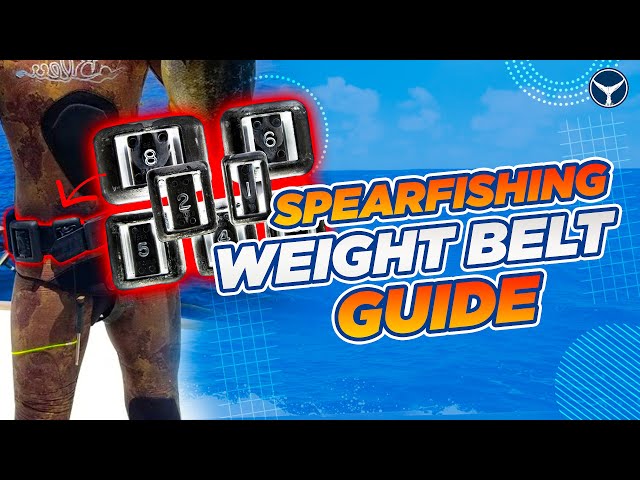
This image is property of i.ytimg.com.
Choosing Weight Distribution
In addition to selecting the right type of weights, it is also important to consider the distribution of weight on your spearfishing belt. The weight distribution can have a significant impact on your buoyancy control and overall comfort in the water. Here are some options to consider:
Even Weight Distribution
An even weight distribution involves placing the weights evenly around your spearfishing belt. This ensures a balanced weight distribution and can help maintain neutral buoyancy. Even weight distribution is generally recommended for beginners or those who prefer a more balanced feel in the water.
Front-Heavy Weight Distribution
Front-heavy weight distribution involves placing more weight towards the front of your spearfishing belt. This can help to improve stability and control while diving, especially when aiming or maneuvering. However, it may require some adjustment to maintain neutral buoyancy and prevent the tendency to dive headfirst.
Back-Heavy Weight Distribution
Back-heavy weight distribution involves placing more weight towards the back of your spearfishing belt. This can help to improve body position and streamline your movements in the water. Back-heavy weight distribution is often preferred by experienced divers who have mastered their buoyancy control and are looking for enhanced maneuverability.
Testing the Weight
Once you have determined the appropriate weight and distribution for your spearfishing belt, it is important to test it in a controlled environment. Here are some steps to follow when testing the weight:
Trying Different Weights in a Controlled Environment
Start by trying out different weights in a controlled environment, such as a pool or calm body of water. This will allow you to assess your buoyancy and comfort while wearing the weights. Experiment with different combinations and placements to find the optimal setup for your diving needs.
Assessing Comfort and Mobility
While testing the weight, pay close attention to your comfort and mobility in the water. Ensure that the weight does not restrict your movements and that you can easily swim, dive, and maneuver. Comfort and mobility are crucial for an enjoyable and safe spearfishing experience.

This image is property of www.smacodive.com.
Factors to Avoid
When selecting and adjusting the weight for your spearfishing belt, it is important to avoid certain factors that can compromise your safety and diving experience. Here are some factors to avoid:
Overweighting
Adding too much weight to your spearfishing belt can lead to negative effects such as difficulty in swimming, increased fatigue, and reduced maneuverability. Overweighting can also increase the risk of barotrauma and other diving-related injuries. It is important to find the right balance and only add the necessary weight for optimal buoyancy control.
Underweighting
On the other hand, underweighting can also be problematic. Insufficient weight can result in difficulty in descending, lack of control, and compromised safety during the dive. It is important to ensure that you have enough weight to maintain neutral buoyancy and control throughout your dive.
Inadequate Adjustment
Failing to adjust the weight and distribution of your spearfishing belt based on the factors mentioned earlier can lead to suboptimal buoyancy control and reduced comfort in the water. It is important to take the time to properly assess and adjust the weight as needed to ensure a safe and enjoyable diving experience.
Safety Considerations
Safety should always be a top priority when engaging in any diving activity, including spearfishing. Here are some safety considerations to keep in mind when selecting and using a weight for your spearfishing belt:
Buddy System
Always dive with a buddy or a group of experienced spearfishers. The buddy system ensures that there is someone to assist you in case of an emergency and provides an extra level of safety. It is important to communicate and establish clear signals and procedures with your dive buddy before entering the water.
Emergency Release Buckle
Choose a spearfishing belt that is equipped with an emergency release buckle. This allows you to quickly release the weight in case of an emergency or entanglement. Familiarize yourself with the operation of the emergency release buckle and practice releasing the weight before your dive.
Regular Maintenance
Regularly inspect and maintain your spearfishing belt and weights to ensure their optimal performance and safety. Check for any signs of wear, damage, or corrosion, and replace any worn-out or damaged components. Cleaning and storing your equipment properly will also help prolong its lifespan and maintain its functionality.
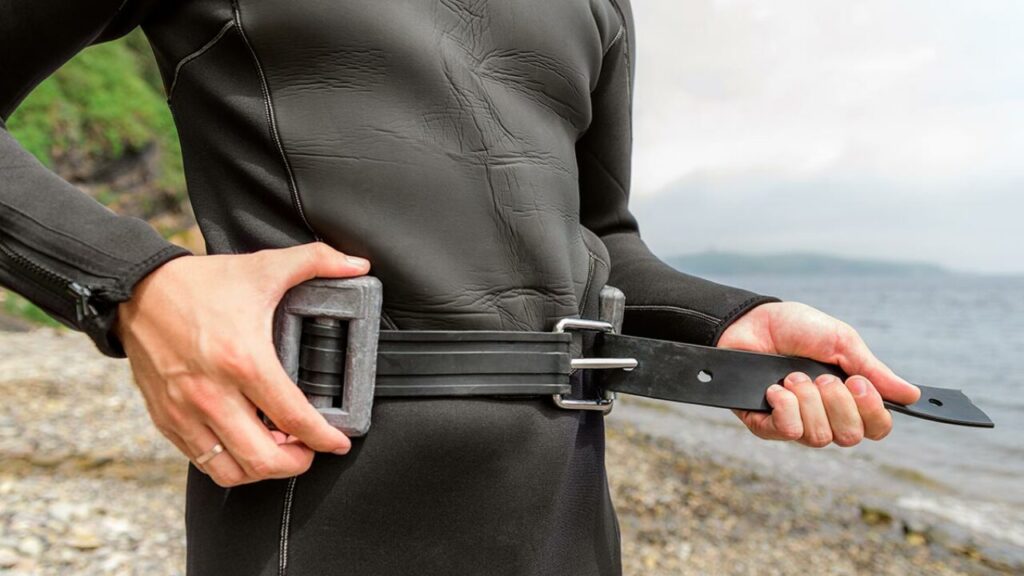
This image is property of www.scuba.com.
Special Considerations
In addition to the factors mentioned earlier, there are some special considerations to keep in mind when selecting the ideal weight for your spearfishing belt:
Maximum Depth Rating
Ensure that the weights you choose have a maximum depth rating that is suitable for your diving needs. Some weights may not be suitable for deeper dives due to the increased pressure at greater depths. Always check the specifications and recommendations provided by the manufacturer.
Water Temperature
Water temperature can affect your buoyancy and may require adjustments to your weight. Colder water temperatures can cause increased buoyancy, requiring additional weight to counteract the effect. Conversely, warmer water temperatures can result in reduced buoyancy, necessitating a decrease in weight. Consider the water temperature of your dive location and make the appropriate adjustments.
Saltwater vs. Freshwater
Keep in mind that the buoyancy of saltwater is greater than that of freshwater. If you are accustomed to diving in freshwater and plan to dive in saltwater, you may need to add more weight to compensate for the increased buoyancy. Conversely, if you are used to diving in saltwater and plan to dive in freshwater, you may need to reduce the weight to account for the decreased buoyancy.
Seeking Professional Advice
If you are unsure about selecting the ideal weight for your spearfishing belt or if you have any concerns regarding your diving safety, it is always recommended to seek professional advice. Here are some options to consider:
Consulting Experienced Spearfishers
Reach out to experienced spearfishers who have extensive knowledge and experience in selecting and using weights for spearfishing belts. They can provide valuable insights and advice based on their own experiences and help guide you in making informed decisions.
Taking Professional Spearfishing Courses
Consider enrolling in professional spearfishing courses that offer comprehensive training and guidance in all aspects of spearfishing, including equipment selection and safety practices. These courses are taught by experienced instructors who can provide expert advice and hands-on training to enhance your skills and knowledge.
By taking the time to consider all these factors, test different setups, and prioritize safety, you can confidently select the ideal weight for your spearfishing belt. Remember to always prioritize your safety and comfort in the water, and enjoy the thrilling experience of spearfishing to the fullest.

This image is property of i.ytimg.com.


